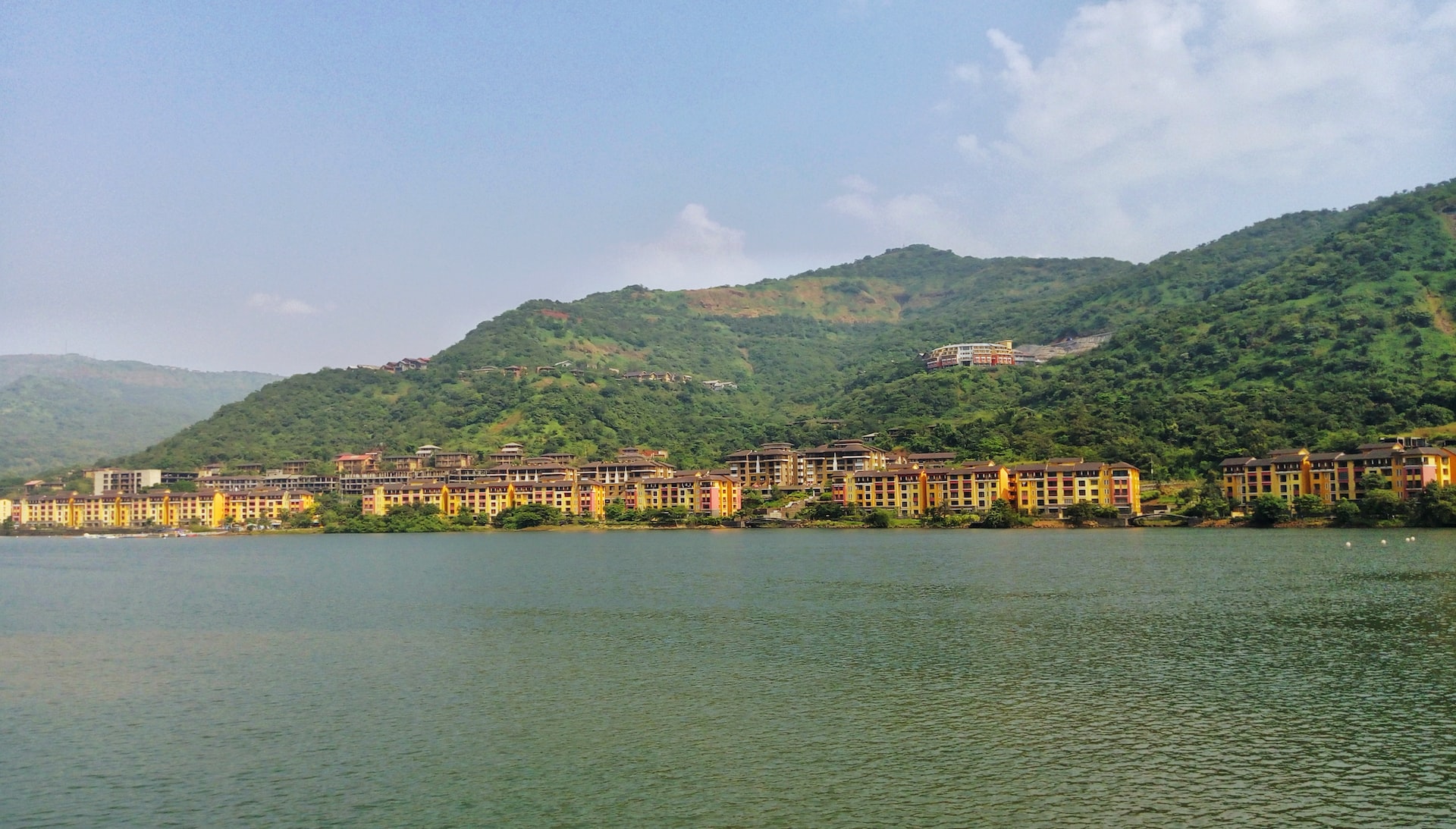Why Did Lavasa Failed So Badly? The Rise and Fall of Lavasa: A Cautionary Tale

Lavasa was once hailed as a visionary project that would set a new standard for urban development in India. However, the reality has fallen far short of the promise, and Lavasa is now widely regarded as a cautionary tale of what can go wrong in urban development.
Location: An Ecologically Sensitive Area – Environmental Concerns and Opposition
Lavasa was built in an ecologically sensitive area near the Western Ghats, a mountain range that is considered one of the world’s ten “hottest biodiversity hotspots.” The construction of Lavasa caused significant damage to the local environment, including the destruction of wildlife habitats and the degradation of water sources. This led to strong opposition from environmental groups, which in turn led to legal and regulatory hurdles that hindered the project’s progress. The lack of consideration for the local environment was a key factor in Lavasa’s eventual downfall.
Lack of a Clear Target Market – High-end Tourism or Affordable Housing?
Lavasa was positioned as a high-end tourist destination, but it lacked the necessary infrastructure and amenities to attract this demographic. At the same time, it was too expensive for the local population, who were not interested in paying premium prices for basic services. This lack of a clear target market made it difficult for Lavasa to generate sufficient revenue to sustain itself, which in turn led to a lack of investment in the development of the city. Without a clear target market, Lavasa was unable to achieve the critical mass of residents and visitors needed to support its growth.
Inadequate Planning and Governance – Lack of Accountability and Transparency
The city was developed by a private company with little government oversight, which led to a lack of accountability and transparency. The lack of planning also resulted in a lack of integration with the surrounding areas, which made it difficult for residents and visitors to access the city and its amenities. Furthermore, the lack of governance made it difficult for the city to provide essential services, such as waste management, to its residents. The lack of planning and governance was a key factor in Lavasa’s eventual decline.
Financial Difficulties – Funding and Repayment Issues
The project was initially funded by private equity and debt, but it failed to generate sufficient revenue to repay its loans. This led to a financial crisis, and the company was eventually forced to seek a bailout from the government. The government, however, was reluctant to provide financial support, given the environmental and regulatory issues surrounding the project. The financial difficulties faced by Lavasa were a direct result of its inability to generate sufficient revenue to support its growth.
Inability to Attract Investment – Lack of Capital to Sustain Growth
Lavasa was positioned as a hub for foreign investment, but it failed to attract the necessary capital to sustain its growth. This lack of investment, combined with the other factors discussed above, resulted in a slow decline of the city’s prospects. The inability to attract investment was a major contributing factor to Lavasa’s eventual failure.
In conclusion, Lavasa’s failure serves as a cautionary tale for urban planners and developers. The city’s lack of a clear target market, inadequate planning and governance, and financial difficulties are all factors that can be avoided in future urban development projects. By learning from Lavasa’s mistakes, it is possible to create sustainable urban developments that are economically viable, environmentally responsible, and socially inclusive.
Moving forward, it is crucial that urban planners and developers consider these lessons and work together with government, communities, and environmental organizations to create sustainable and livable cities for future generations. In conclusion, the story of Lavasa is a reminder of the importance of careful planning, effective governance, and the need for cities to be sensitive to the needs of both their residents and the environment.





